
During the most of the 1990s, Haley Joel Osment was one of the most prominent child actors globally, largely due to his performances in movies like Forrest Gump and The Sixth Sense and working alongside the likes of Tom Hanks and Bruce Willis. However, his career declined as he grew older. Although he had a few voice-acting roles and cameos in the 2000s, it might seem like the former child star had completely disappeared from the spotlight.
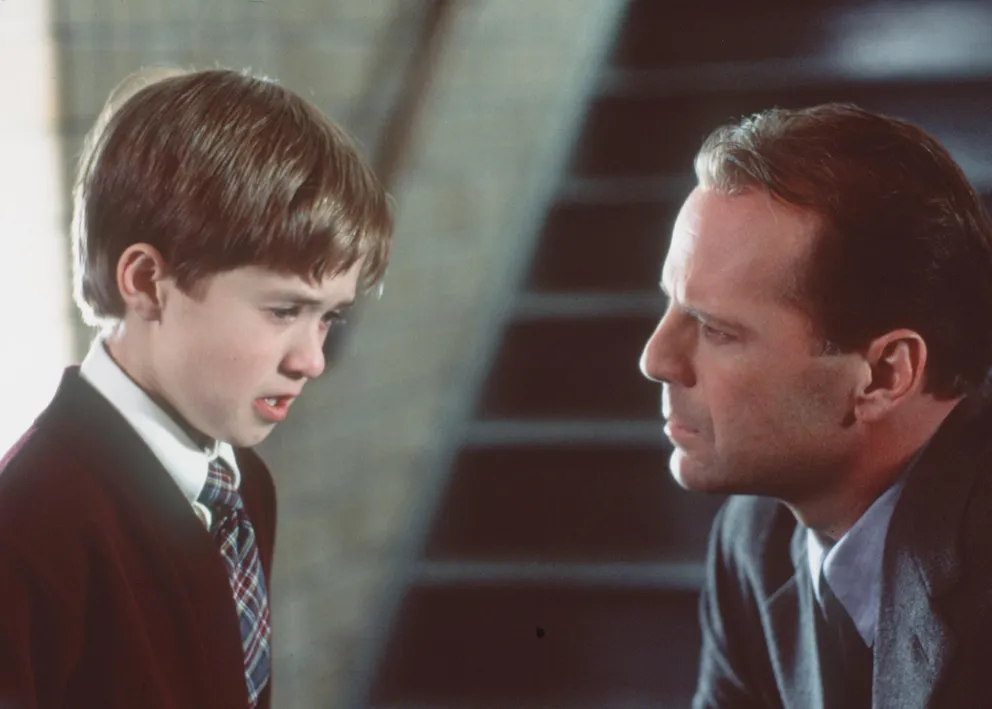
It is pretty amazing when we see child actors grow old right before our eyes, and Osment has been one of them. When he first appeared on film, charmed audiences with his boyish innocence. During his earliest years, he was characterized with a cherubic face framed by light brown hair.
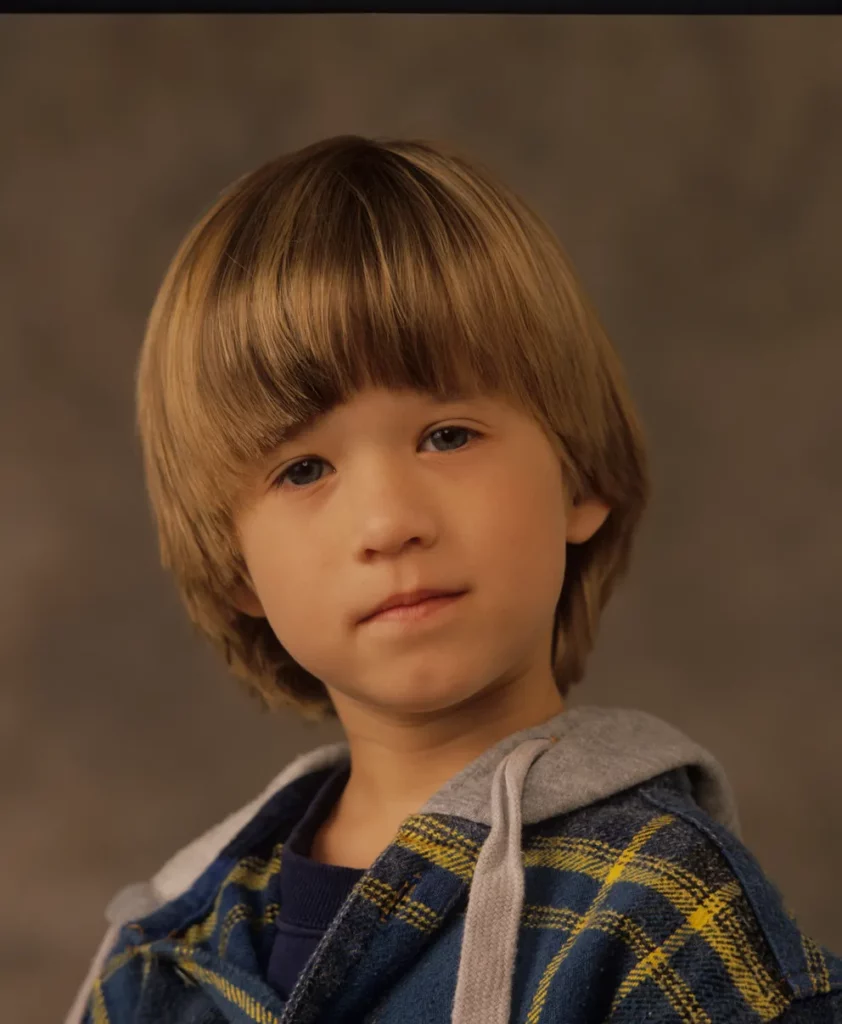
Even at a very young age, he possessed a remarkable ability to convey deep emotions, which endeared him to both audiences and critics alike.
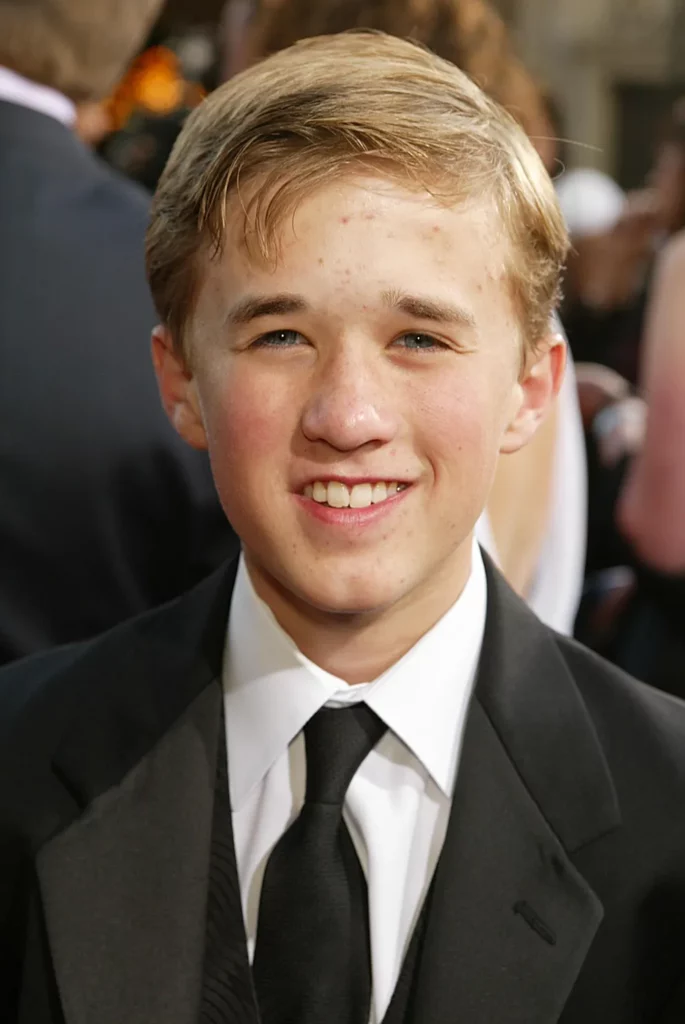
How Osment ended up acting is an incredible story. When he was just four, someone spotted him in Ikea and believed his face is suitable for commercials. As a result, he ended up being part of a 1993 Pizza Hut ad. This commercial attracted the attention of the Forrest Gump director, who approached Osment. Although he was just five at the time, he showed incredible talent and he and Tom Hanks clicked. What’s most, his screen test with Hanks still circulates on social media.
Advertisements
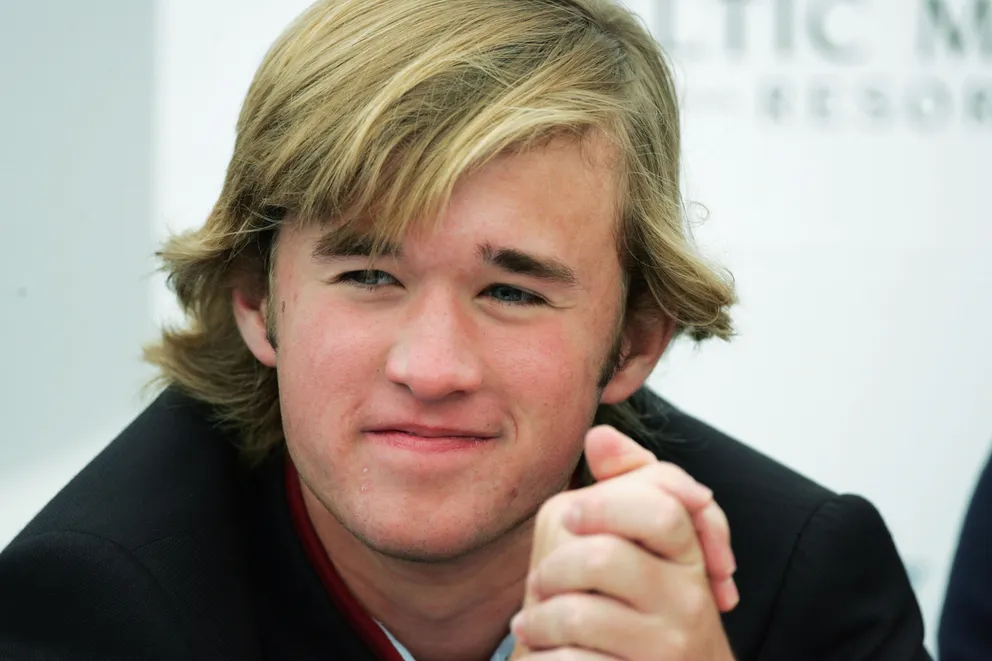
By 1997, Osment remained active in TV and film. His appearance during this time showed some changes from his earlier years. The award-winning actor started to grow into his features, displaying a more defined look that suggested the young adult he was becoming.

In 1999, he appeared in The Sixth Sense, a role that brought him global fame. Many spoke of him as of a young man with an old soul. For his third and final audition for the movie, he wore a suit. Director M Night Shyamalan has mentioned that the boy’s vulnerability and emotional depth brought him to tears, particularly impressed by Osment’s delivery of the now-iconic line: “I see dead people.”
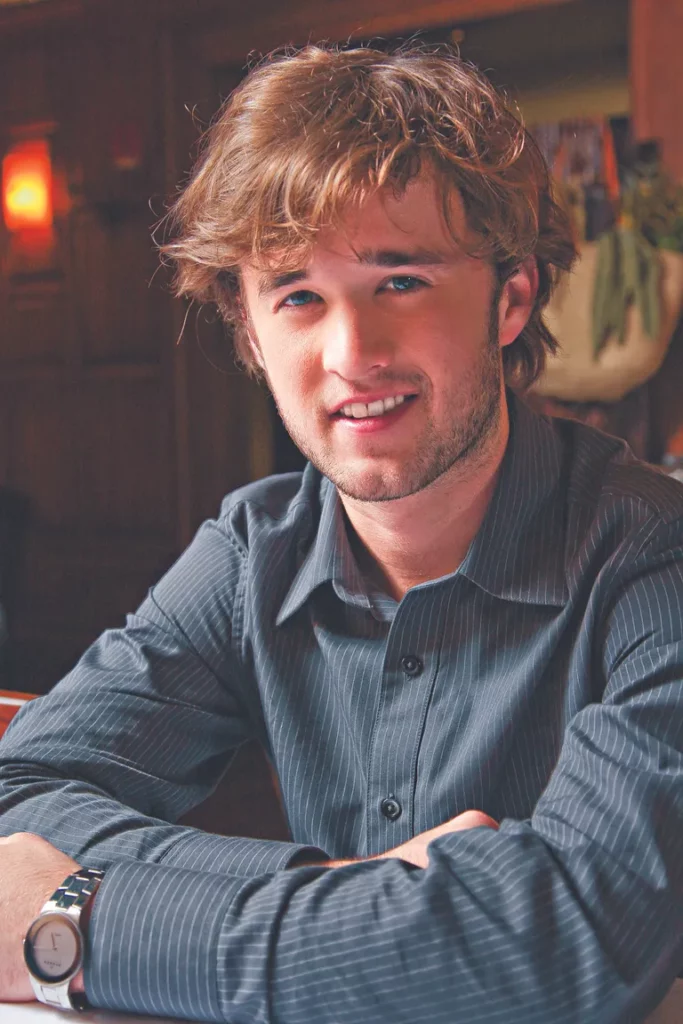
At the beginning of the new millennium, Osment attended the 72nd Academy Awards as a nominee, solidifying his status as one of Hollywood’s premier young talents.
By this point, his style has matured.
Advertisements
When he returned to school he was considered a true star although most of his classmates hadn’t seen The Sixth Sense at that point because it wasn’t suitable for children under the age of 13.
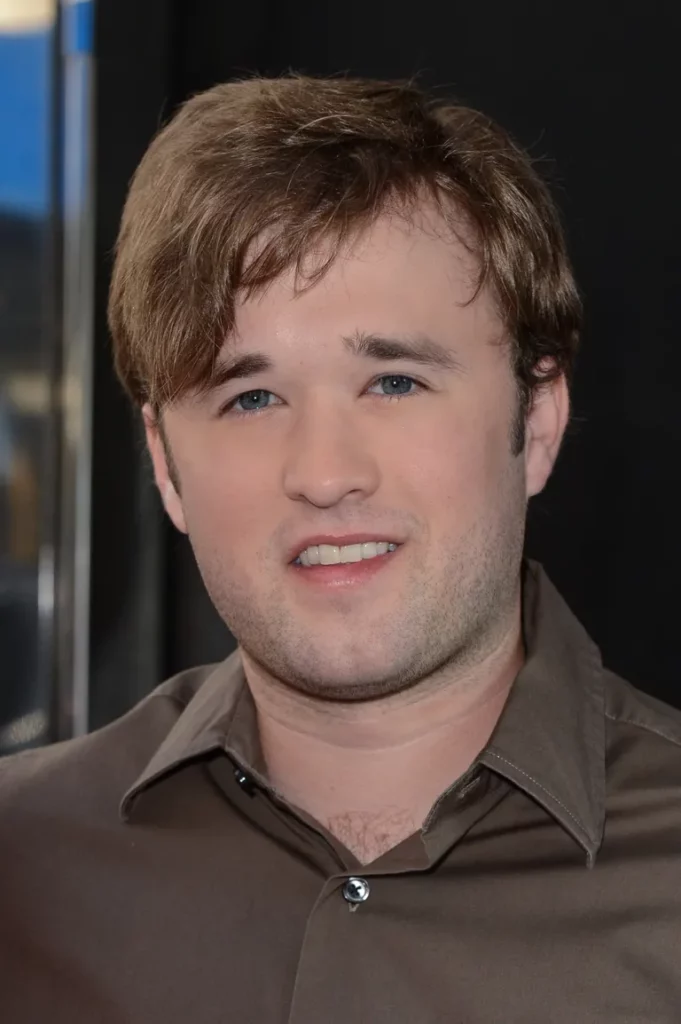
By 2002, Osment continued to work in the film industry, albeit quietly, under the radar.
He had done voice work for films like The Country Bears and The Jungle Book 2, showing his versatility. At the same time, his looks began to show signs of adolescence. He no longer resembled the five year old who captured the hearts of millions.
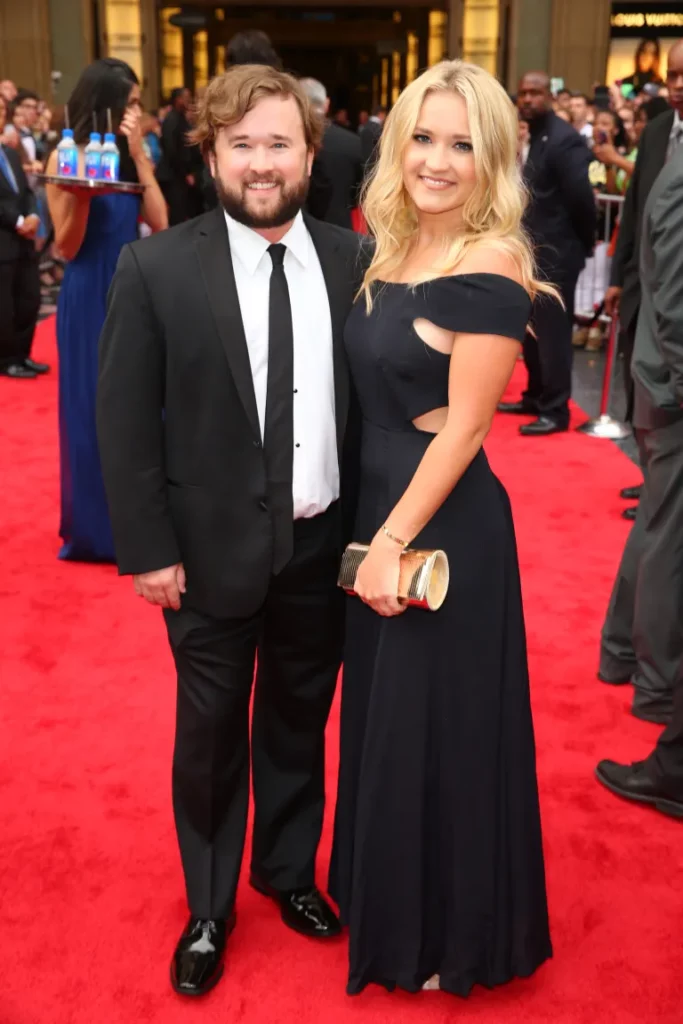
By 2005, he turned from a child star to a young adult actor.
In 2006, Osment faced a tumultuous year marked by a highly publicized drunk driving incident that led to his arrest. Mug shots from this time showed him looking like a young man, a stark contrast to his polished public image in earlier years.
Advertisements
Osment suffered multiple injuries, including a fractured rib and a hurt shoulder, as a result of the incident. He was charged with driving under the influence and underage drinking.

At 18, he moved to New York to study experimental theatre at New York University and attend college, something both he and his parents wanted.
“I did work that practically nobody saw for a long time, which was not a great career move – but, ultimately, was important for me to figure out whether this was what I truly wanted to do for the rest of my life,” Osment once told The Guardian.
In 2008, Osment made his Broadway debut, marking a significant milestone in his career. He sported a more mature look, with the beginnings of facial hair.
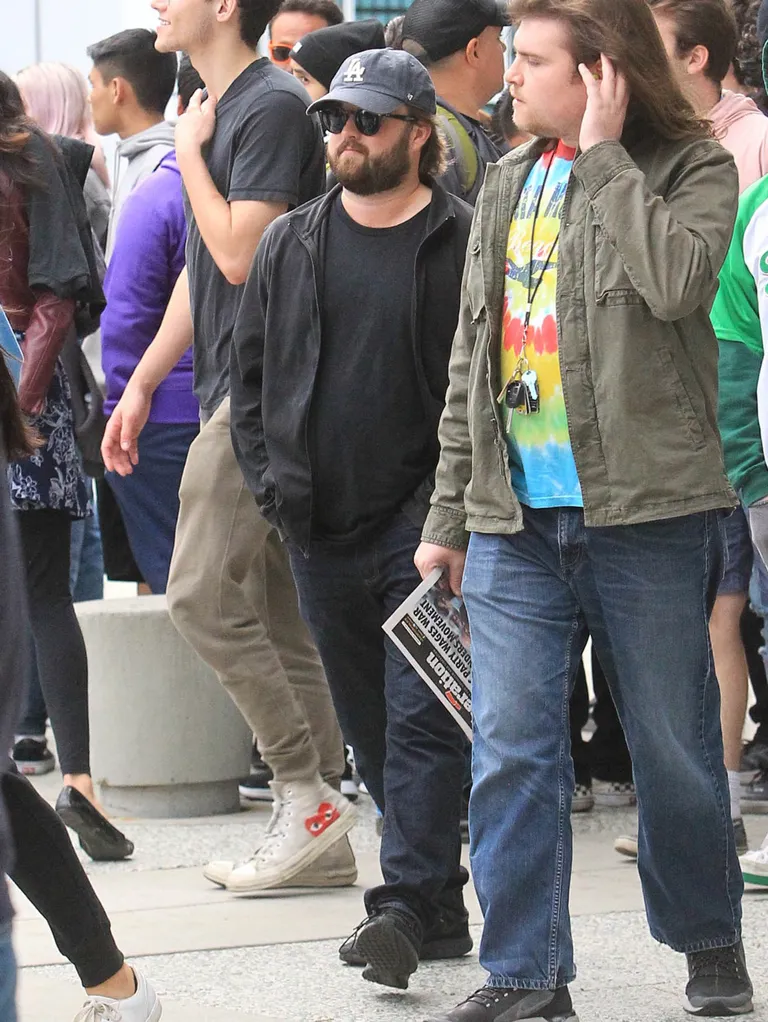
Taking part in American Buffalo, he explored more complex themes. “That was definitely a very fun period of playing a lot of bad guys,” Osment admitted in a 2020 interview. By 2014, Osment had immersed himself in character-driven roles that showcased his dramatic abilities. His performance in Sex Ed highlighted his adept comic timing as well. The actor looked quite different than before and his fans commented on his weight gain.

“Just noticed Haley Joel Osment in the ending credits of ‘What We Do in the Shadows.’ I’m like who? When? Had to google it omg completely unrecognizable,” wrote one person. Another said, “Can we talk about how Haley Joel Osment is almost unrecognizable in this?” A third commented, “Does this man make you wonder why Haley Joel Osment gained so much weight? Almost unrecognizable. Such an incredible actor and now no parts for Haley.”

Referring to the comments regarding his looks, the actor wrote on social media, “I would say it’s fine that it’s unrecognizable. It’s good. […] there’s those sort of roles that give you the opportunity to undergo a transformation like that are really really kind of fun.”
Osment starred in the acclaimed series Silicon Valley, which aired for six seasons from 2014 to 2019 and earned two Primetime Emmy Awards. This role marked a departure from Osment’s earlier work. During this period, Osment had a full-grown beard. The star revealed that he grew a beard “to try to hide in public. That didn’t really work at all,” as per The Guardian.

After living in New York for 13 years, Osment returned to Los Angeles on 2020. In 2023, his acting career thrived.
Osment continues to receive recognition for his transformation and dedication to his craft.
“Nice to see a child actor turned out normal,” commented one user. Another wrote, “This guy is still absolutely adorable. He has such a tremendous presence and seems to really have fun with what he does and not take it too seriously.”
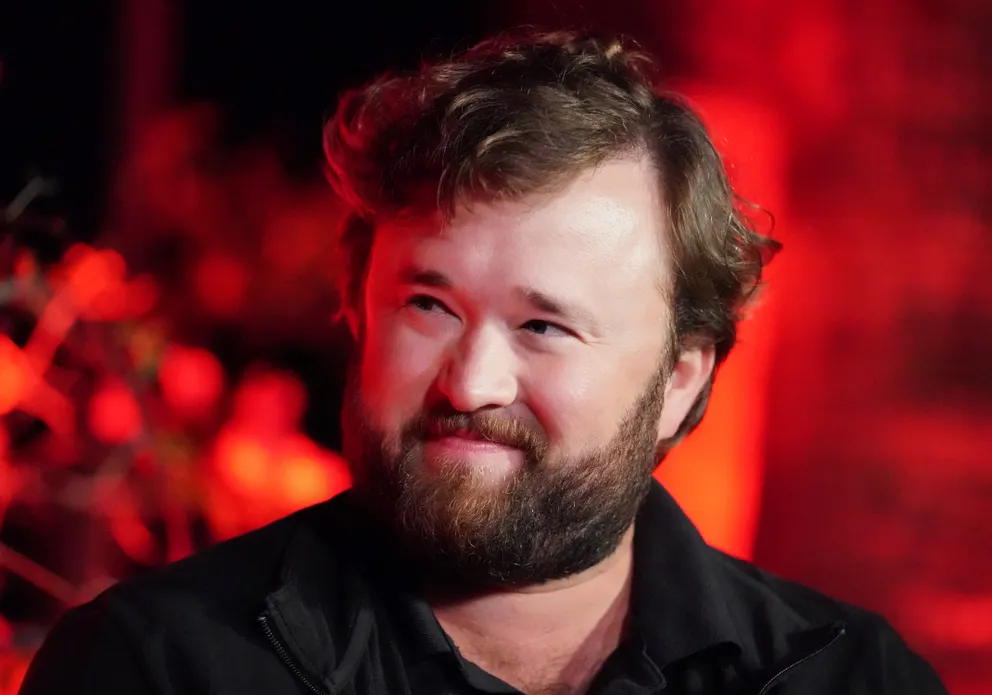
“He’s so cute he seems like he would be good at hugging,” one individual wrote. Someone else added, “He looks like a huge cuddly teddy bear!!! I just wanna give him a BIG hug!!!!”
“It’s pretty apparent that he grew up to be a very intelligent actor. I see him as the next Phillip Seymour Hoffman,” one social media user stated.
Osment has diversified his slate significantly in recent years, appearing in projects as diverse as Teachers, The Devil Has a Name, and The Kominsky Method, among others.
[other]
Watercolor painting is thrilling. It lets you be creative in a bright, flowing way. This guide is perfect for beginners or those wanting to get better. You’ll learn key watercolor painting techniques and how to draw inspiration. Soon, you’ll love working with watercolors and make paintings that reveal your vision.
assemble the tools you’ll need, such as paints, paper, brushes, and a palette, to become an expert watercolor painter. For water-based paints, choose premium watercolor paper; it should be thick, textured, and able to resist warping or buckling after several wet washes. Start with a simple palette of fundamental colors and play around with other colors and styles. To get the right transparency and intensity, learn how to balance the addition of water and paint. Purchase a variety of brushes in a range of sizes and shapes to experiment with different painting styles.
Try your hand at color mixing by playing with warm and cold palettes and complementary hues. Examine the methods used by other watercolor artists and take notes on their strategies. Be patient and practice regularly to improve skills and develop your unique style. Enjoy the process and embrace the spontaneity of watercolor painting.

Key points for painting work
- Explore the captivating world of watercolor painting and unlock your creative potential.
- Dive into a comprehensive guide that covers essential watercolor art tutorials for beginners.
- Discover how to start watercolor painting and master the fundamental techniques.
- Learn to create vibrant, fluid paintings that showcase your artistic vision.
- Unlock the power of watercolors to express yourself in unique and unexpected ways.
Unlocking Your Creativity with Watercolors
Discover the beauty of watercolor painting. Learn why you should give it a go to unlock your artistic creativity. Watercolors can capture the soul of a subject in a way no other medium can. They bring a unique, soft quality that’s exciting and full of surprises.
Try your hand at watercolors, and you’ll begin a journey. It’s a journey that leads to finding your creative self and expressing your art in new ways. Watercolors are not just paints; they’re an invitation to experiment and play. They encourage you to enjoy the not knowing.
Watercolor painting can transform your relationship with art and yourself. Start your adventure into its world and watch your creativity take flight.
“Watercolor painting is a dance with the unexpected, where the medium leads and the artist follows, creating a symphony of color and emotion.”
Essential Supplies for Watercolor Painting
Starting your watercolor painting venture means getting the right tools. You need the right watercolor paper, a range of watercolor brushes, and top-notch watercolor paints. Each part is crucial for your art journey. Together, they form the basis for your watercolor toolkit and boost your creativity.
Choosing the Right Paper
Your masterpiece’s base is the paper you pick. Watercolor paper varies in texture, weight, and finish, affecting your work. Pick between smooth cold-pressed, fine hot-pressed, or rugged rough paper. The right watercolor paper types can improve your artwork significantly.
Watercolor brushes come in many shapes and sizes for various effects. There are fine, detailed round brushes, and broad, sweeping flat brushes. Mixing these tools with watercolor paint brings your art to life. Try different brushes to find what works best for you.
Selecting Quality Paints
The soul of your watercolor painting is the high-quality watercolor paints. Choose paints with vibrant colors, great blending, and transparency. A wide palette lets you mix and layer colors for depth and detail. With top paints, your artwork will flourish in this unique medium.
Mastering Basic Watercolor Techniques
Watercolor painting offers a world full of creativity. To dive in, you must first learn the basics. We’ll cover how to use colors, brushes, and apply paint in this guide for beginners. By understanding these watercolor painting techniques for beginners, you’ll open a door to endless possibilities.
Understanding Color Theory
Color theory is like the building blocks of amazing watercolor art. It teaches you how colors work together. Knowing about how primary, secondary, and tertiary colors mix helps your paintings look delightful. The more you mix colors, the more you’ll enjoy painting.
Practicing Brush Strokes and Washes
Creating watercolor brush strokes and washes helps you find your artistic style. You will get to know different brush types. This way, you can make soft or strong marks. The fun part is using various techniques to see how colors blend and create cool effects.
Starting with these watercolor painting techniques for beginners is the first step. It’s a skill you’ll use forever. Let your creativity run wild with watercolors. Explore and enjoy the beauty of unexpected art.
Capturing the Magic of Creativity
Watercolor painting is a special art form. It lets you unleash your creativity and show how you feel in unique ways. Dive into watercolor painting inspiration and the creative process in watercolor. You’ll find you can reach your full artistic potential.
Working with watercolors is exciting because you don’t always know what you’ll get. This medium asks you to be wild with your imagination. By getting comfortable with the paint’s flow and unpredictability, you start a thrilling journey. You’ll find adventure and new ideas by letting the watercolors show you the way.
“Watercolor painting is a dance between you and the paint, a constant dialogue of give and take, where the unexpected becomes the norm and the ordinary transforms into the extraordinary.”
As you go deeper into watercolor, you learn how flexible it is. You can make art that really speaks of who you are. Being creative with watercolors lets your style and vision shine. Whether you love bold brushstrokes or soft wispy colors, the watercolor painting inspiration and creative process in watercolor will urge you to be bold.
Enjoy the surprises of watercolors. Try new things and see where your art takes you. By exploring creativity with watercolors, you find endless chances to express yourself. Each splash of color and every brushstroke leads you to new revelations about your art and yourself.
Subjects to Paint for Beginners
Starting out in watercolor art is like having a wide open canvas. There are so many possibilities to explore. You might start with still life watercolor painting ideas, move on to the broad views of landscape and seascape watercolor painting, or dive into the bright world of floral watercolor painting. Each one gives you a chance to get better at painting in its own way.
Still Life Paintings
Still life is all about capturing everyday objects in a scene. It might be a bowl of fruit or a vase of flowers. This kind of painting is good for learning how to blend colors and pay attention to details. You can start with easy scenes and work up to harder ones.
Dive into painting nature with landscape and seascape watercolors. You can paint a quiet field or a lively beach. These paintings let you play with how watercolors flow and blend. It’s fun to try painting the sky or catching the sunlight on the water.
Florals and Nature Studies
Try out floral watercolor painting to capture the beauty of plants. You can paint flowers, leaves, or detailed plant parts. This type of painting is great for using lots of color and making natural shapes feel real and alive.
Each painting subject is a new journey. The magic of watercolor is in its free-flowing nature. Allow yourself to learn and grow as you paint. Soon, you’ll be creating stunning artworks of what inspires you most.
Creating the ideal watercolor painting studio setup is key. It lets you dive into your art and bring out your best. Everything counts, from the ideal lighting for watercolor painting to how you organize your watercolor painting supplies. Each part shapes your watercolor journey.
Finding the Perfect Lighting
Good lighting is a must for showing off the soft shades in your art. Look for a room with plenty of natural light, like from a north-facing window. It gives you even light all day. Add a few adjustable lamps to brighten up your work area and avoid shadows.
Organizing Your Supplies
Making your watercolor painting supplies easy to reach can boost your creativity. Use various containers, jars, and drawers to keep your tools in order. This helps you find what you need quickly. Plus, a tidy space sparks your imagination.

Embracing the Unpredictability of Watercolors
Watercolor painting is special because it’s not easy to control. The colors have a mind of their own, doing things you might not expect. This can be both scary and exciting. But, when you let go of control, you can make some truly amazing art. The unexpected turns out to be beautiful.
When you paint with watercolors, you have to let go. It’s about giving up some control and letting the paint show you where to go. Working with the fluidity of watercolors means welcoming surprises. Don’t try to have every detail perfect. Instead, work with the painting’s flow. You’ll see new and exciting things in your art.
Celebrating Happy Accidents
No mistake in watercolor is final. Mistakes can turn into something great in your painting. These happy accidents are what make each painting unique. They bring a touch of surprise, making your art stand out. So, learning to love these surprises can really boost your creativity.
Developing Your Unique Artistic Style
As you journey through watercolor painting, you’ll naturally find techniques and colors you love. This process helps you discover your creative identity. It’s about exploring and embracing what makes you, you.
Watercolor is all about trying new things. Push your boundaries with different brush strokes and paint manipulations. Let the paint’s fluidity show you new, unexpected beauty. This learning process will help you find what methods reflect your artistic vision best.
Finding Inspiration
Look around for painting ideas. Nature, everyday scenes, or even your feelings can inspire you. Start with what you love and let it guide your artwork. This is key to making your paintings truly unique. Remember to always find your watercolor painting style, experiment with techniques, and let the world inspire you.
Fostering your creativity makes your paintings stand out. It’s an exciting path of self-discovery and improvement. Get ready to let your unique vision shine through your art.
FAQs
What are the key benefits of watercolor painting?
Watercolor painting captures subjects with a unique, ethereal look. It’s unlike other types of art, as it’s very playful. Watercolors are unpredictable, which helps you be more creative.
What are the essential supplies I need to start watercolor painting?
To start painting with watercolors, gather some key items. You’ll need good watercolor paper, a set of brushes, and quality paints. Choosing the right tools is crucial for your art.
How can I master the basic watercolor techniques?
To become skilled in watercolor, learn the basics. Understand color theory, practice different brush strokes, and work on creating depth and texture. Mastering these will help you make beautiful art.
What are some recommended subjects for beginner watercolor painters?
Beginners should focus on simple subjects at first. Try still life, landscapes, seascapes, or flowers. These subjects let you practice different techniques and grow your skills.



